Mexico is one of the world’s top countries for reptile diversity, boasting a wide range of unique lizards, snakes, turtles, and crocodilians. These reptiles inhabit deserts, jungles, wetlands, and mountains, playing key roles in maintaining ecological balance and biodiversity. Here are 25 of Mexico’s most iconic reptiles and their ecological significance.
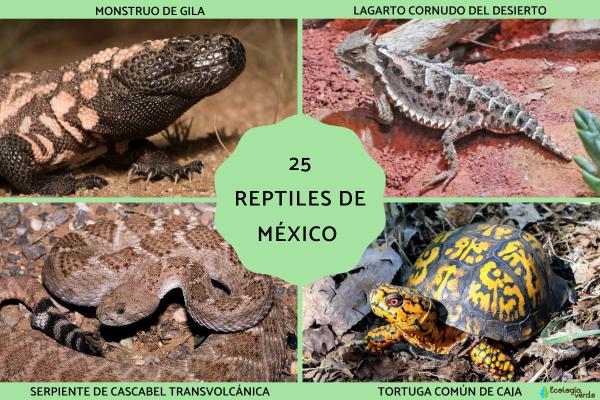
Key Representative Reptiles of Mexico
More Common Mexican Reptiles
The Ecological Role of Mexican Reptiles
(1) Gila Monster (Heloderma suspectum)
One of only two venomous lizards in the world, this robust, slow-moving reptile is found in northern Mexico and the southwestern US deserts. Its bright orange/black pattern warns of its mild, non-lethal venom.

(2) Bolson Tortoise (Gopherus flavomarginatus)
Endemic to the Bolsón de Mapimí desert in northern Mexico, this tortoise is highly adapted to arid extremes, hibernating in burrows. Critically endangered due to habitat loss.
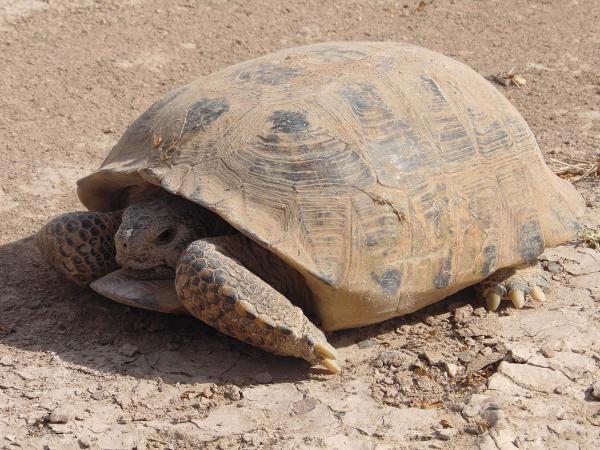
(3) Common Boa or Mazacuata (Boa constrictor imperator)
Native to Mexico and Central America, this non-venomous constrictor preys on rodents and other small mammals, reaching up to 2.5 meters in length.
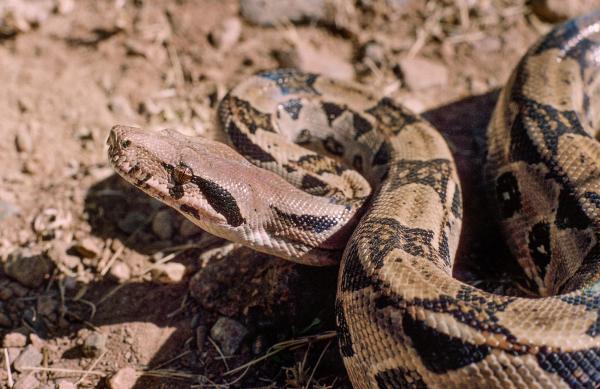
(4) Morelet’s Crocodile (Crocodylus moreletii)
Inhabits southeastern Mexican freshwater swamps and rivers, growing up to 3 meters long. It is a formidable predator vital to wetland health.
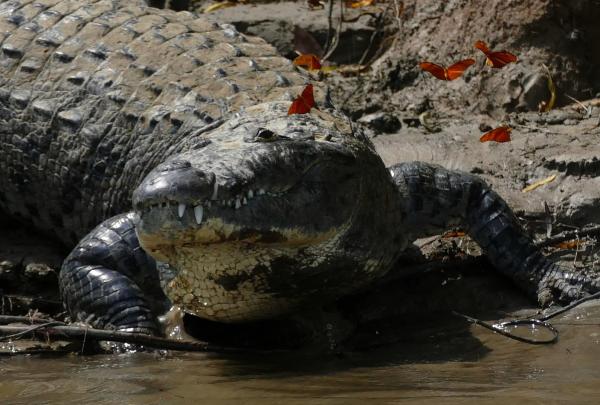
(5) Mesquite Lizard (Sceloporus grammicus)
Widespread throughout Mexico and southern US, males are known for their turquoise-blue bellies. It is Mexico’s most widely distributed lizard species.
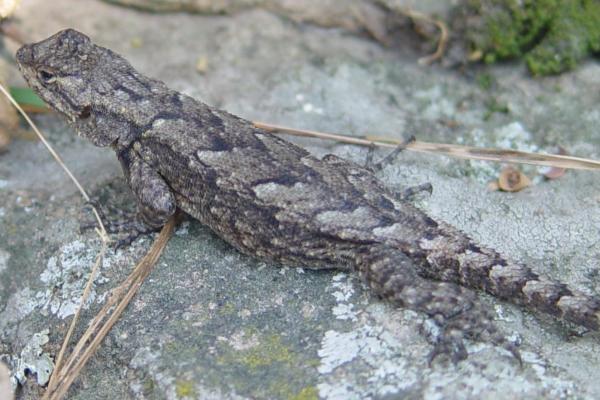
(6) Black Spiny-tailed Iguana (Ctenosaura similis)
Ranges from northern Mexico to Nicaragua, reaching 1.5 meters. Known for its prominent dorsal spines and adaptability to various habitats.
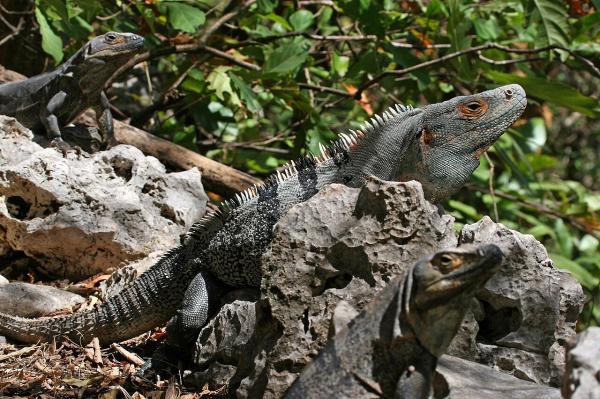
(7) Painted Turtle (Chrysemys picta)
North America’s most widespread turtle, found from Canada to northern Mexico. Its distinctive red shell markings and semi-aquatic lifestyle help it survive cold climates.

(8) Mexican Parrot Snake (Leptophis mexicanus)
A slender, bright green snake adapted to thick vegetation, feeding on frogs and toads. Found in southeastern Mexico down to Costa Rica.

(9) Transvolcanic Rattlesnake (Crotalus triseriatus)
Endemic to Mexico’s Trans-Mexican Volcanic Belt, this forest/grassland rattlesnake is an important national symbol and has a potent but rarely fatal venom.

(10) Common Box Turtle (Terrapene carolina)
Native to Mexico and the US, these terrestrial turtles can close their plastron to protect themselves, often burrowing into soft soils.

(11) Western Mexican Coral Snake (Micrurus distans)
Recognizable by its bold red, black, and white banding, this highly venomous species is legally protected in Mexico.
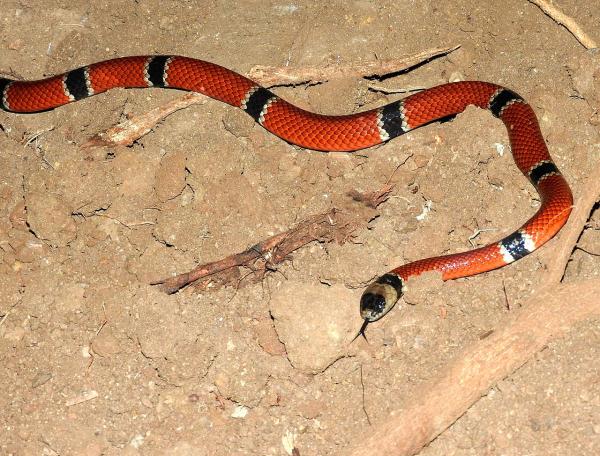
(12) Kemp’s Ridley Sea Turtle (Lepidochelys kempii)
The world’s most restricted sea turtle, mainly inhabiting the Gulf of Mexico. Critically endangered, occasionally wandering to Atlantic shores.

(13) Spectacled Caiman (Caiman crocodilus)
Ranges from southern Mexico to northern South America, named for the ridge between its eyes. Medium-sized, up to 1.5 meters.

(14) Yucatan Blind Snake (Amerotyphlops microstomus)
With only two known populations in the Yucatan Peninsula, this burrowing species has greatly reduced eyes and lives in dry and wet forests.

(15) Desert Horned Lizard (Phrynosoma platyrhinos)
Found in northern Mexico and the southwestern US, its spiny body and horned head provide camouflage and defense in desert environments.
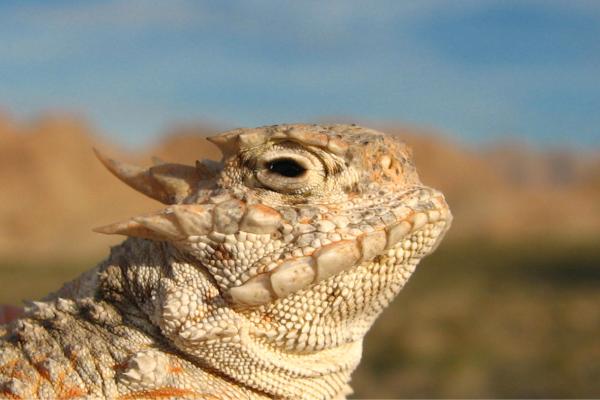
Cantil (Agkistrodon bilineatus)
Striped Basilisk (Basiliscus vittatus)
San Esteban Island Iguana (Ctenosaura conspicuosa)
Green Vine Snake (Oxybelis fulgidus)
Gulf Spiny-tailed Iguana (Ctenosaura acanthura)
Musk Turtle (Claudius angustatus)
Collared Lizard (Crotaphytus collaris)
American Crocodile (Crocodylus acutus)
Pacific Anole (Anolis nebulosus)
Mountain Horned Lizard (Phrynosoma orbiculare)
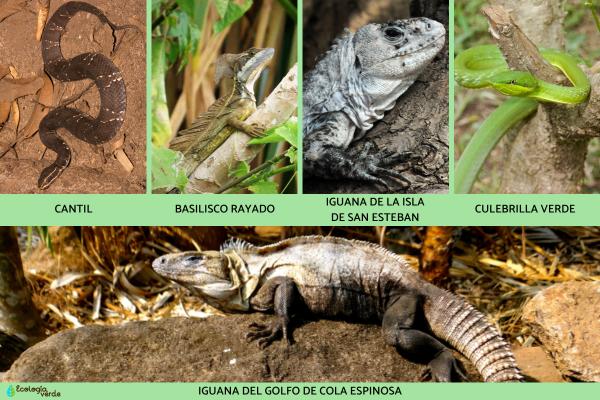
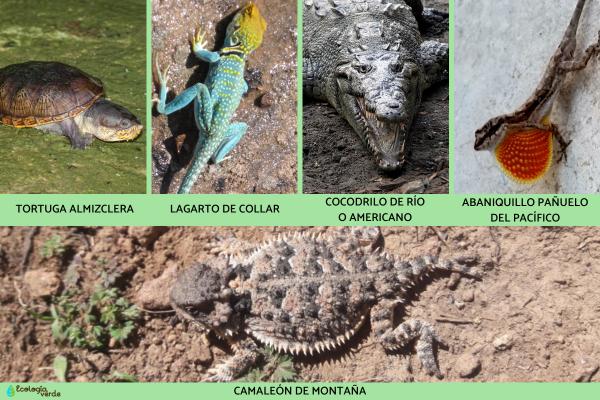
Reptiles in Mexico play crucial roles in their ecosystems, from controlling pest populations and supporting food chains to aiding seed dispersal and maintaining wetland health. Their conservation is essential for sustaining the country’s natural heritage and biodiversity.
animal tags: Reptiles Mexico
We created this article in conjunction with AI technology, then made sure it was fact-checked and edited by a Animals Top editor.